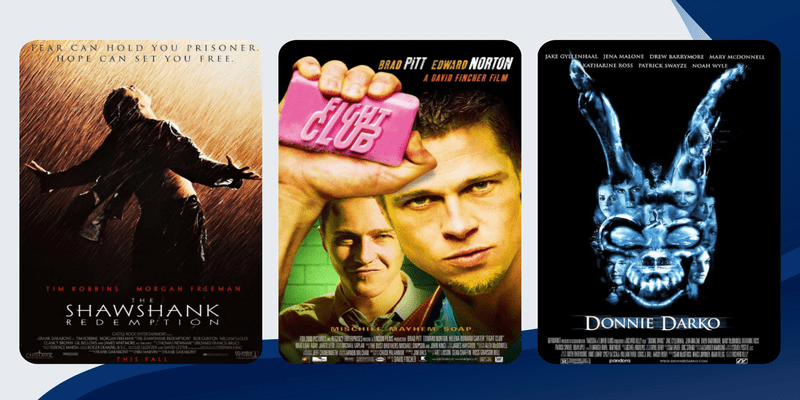Decoding the mythologies around Chinese New Year

The origin of the Chinese New Year spans across multiple dynasties over thousands of years. To complicate matters, the origins and traditions are steeped in mountains of myths and legends, blurring the lines between fact and fantasy. It is not uncommon. Often rituals and customs follow a path back into history that is littered with the mystical and the mysterious. But what purpose does this serve? Is there an inherent need in humans to create grand narratives to pass onto the next generations? Through the lens of Chinese tradition, let’s find the answer.
Legend has it that there once was a monster called Nian that lived under the seas. Every Lunar New Year, it rose from its slumber to attack villages and eat livestock, crops and even people, with a special appetite for children. The villagers would have no choice but to take cover under the mountains and wait out the attack in hiding. This continued for ages before something finally happened. An old beggar entered the village one New Year’s Eve and offered to help get rid of the monster. The villagers hardly paid any attention to him.
An old woman from the village advised him to leave before it was too late but he didn’t listen. He told the woman that he would help them get rid of the monster if she lets him stay the night at her home. After a few minutes into the discussion, she gave in and accepted his offer. That night when the Nian appeared, it was startled to find red paper plastered over the woman’s house, with candlelight shining brightly. When it got closer, it was shocked to hear loud blasts coming from the house. The old man suddenly came out of the house, draped in bright red robes, causing the Nian to panic and flee the village. The villagers rejoiced as they now knew about the monster’s weakness. Since then, on Lunar New Year, every household would apply red couplets in front of their houses and light candles. And so, a legend was born.
We the rational, know that this is not the case. This is obviously a work of imagination thousands of years ago and the ancient tale has been passed onto generations. But why is that? Human beings crave narrative and are considered natural storytellers. One reason for this is that we are always looking for meaning. A story strips away the cold, objective reality of the world and only leaves a simple structure of beginning, middle and end. All religions begin as a story. God created the universe and the Earth, then made humans and left them in charge. It is mostly some variation of that. Since we have no idea how or why we came to exist, this serves as a comfortable narrative. Without this, the existential dread of not knowing why one existed would be too much to fathom.
Then there is the issue of passing information. Before writing was invented, it all had to be passed on verbally and a lot was omitted or forgotten. But narratives gave a structure to all the information and it became much easier to pass it on. Thereby, stories in the form of fables became an important tool to pass on values and lessons. How does this relate to the Chinese New Year celebrations and the legend of Nian? To begin with, we need to pinpoint the lessons and values that the legend of Nian has within its narrative structure. Chinese New Year is a time for families and friends to get together in joy and harmony. It is the welcoming of a new year that may bring about change and prosperity. It signals hope. The fact that the monster Nian came every year and that the villagers had to band together each time to get rid of it, signifies that no matter how well things are going, they can take a turn for the worse, and that only by coming together as a collective, we can get rid of the problem. Also, there is the lesson that the old man taught the villagers: do not run away from problems. No matter how overwhelming or impossible it may seem, the only possible way to find a solution is to take charge and face the situation head-on.
It may seem like we are grasping on straws and giving our own meaning to stories and myths that are meant to be entertaining. However, that is not the intention. Our ancestors had a better understanding of the human nature than we give them credit for. They understood that to reach our psyches and affect our way of thinking through time and space was dependent on a good story. What is a better story than the one where the ending has us coming together in celebration and love, despite our countless differences?






